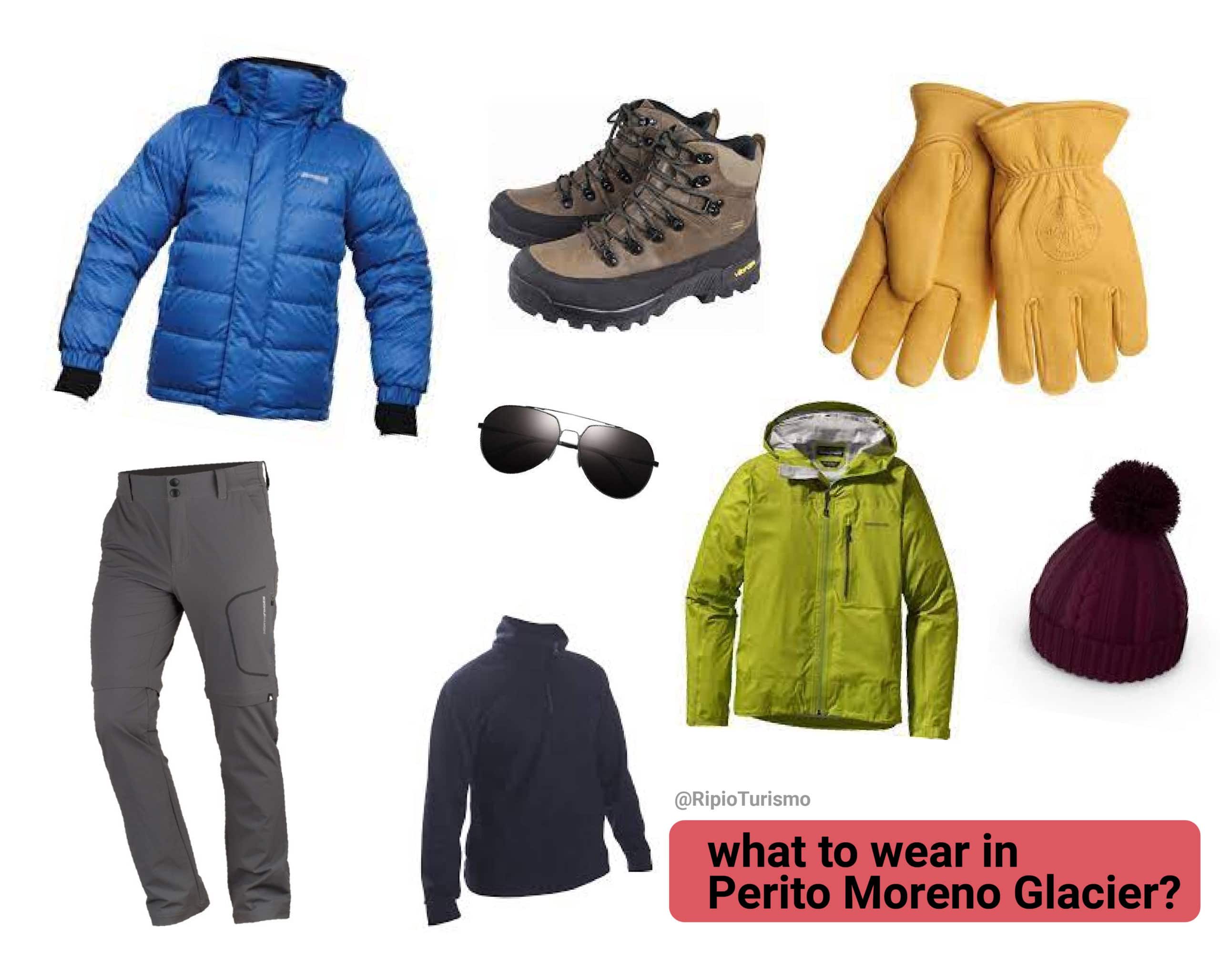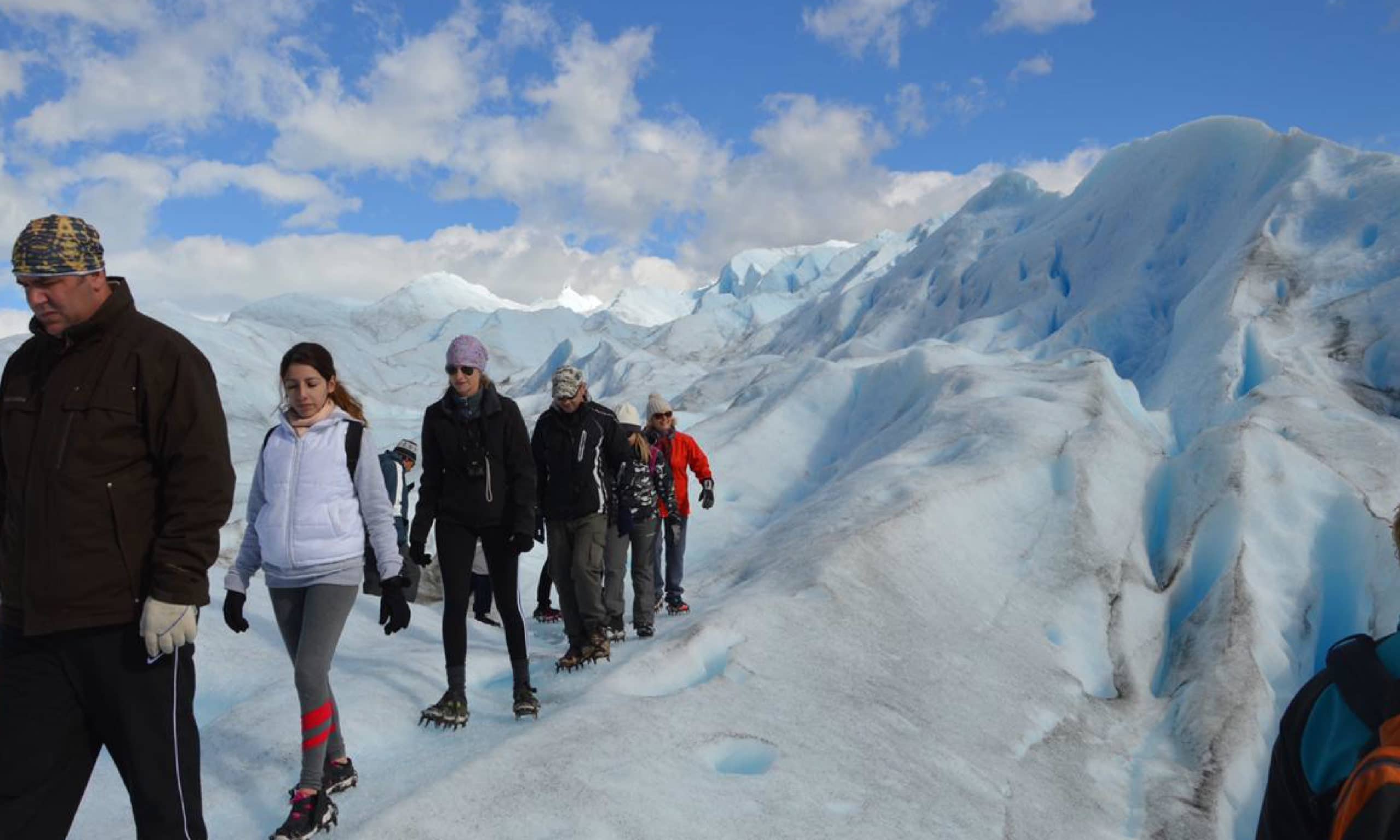When was Perito Moreno Glacier discovered?
Perito Moreno Glacier is an amazing place to be visited in Patagonia. No doubt, one of the highlights for international travellers that arrives to Argentina every year. But, if you´re a history lover, you may be would be interested in the origins, and when was discovered this colossus of ice.
A bit of history: Perito Moreno Glacier
In October 1867 a land expedition went to the headwaters of the Santa Cruz River, promoted, organized and financed by Cap. Luis Piedra Buena under the command of Guillermo Gardiner and his companions, navigating the south bank of the river. They took 33 days out and 16 back. On their way they crossed the Bote River, they came close to where Calafate is located today, they found the stream that comes from the hills and they spotted an island of regular size – Isla Solitaria – in front of it. They passed through Chorrillo Malo and continued to Lago Roca, making partial reconnaissance, they believed it possible to find a passage to the Pacific. Important expedition for the effective discovery of the Lake (baptized by Moreno) Lago Argentino, and conditions that would facilitate other expeditions (waters, pastures, trees, hunting).
In November 1873, Second Lieutenant Valentin Feilberg was appointed to explore the headwaters of the Santa Cruz River. The march in a hammock with other crew members was carried out in 22 days, but due to the wrong information they had, they believed it was the Viedma. They hoisted the flag on a pole-like oar and left a bottle with a document proving their feat.
At the end of 1876 and at the beginning of 1877, Carlos Moyano and Francisco Moreno made the first exploratory trip from Pavón Island, navigating the Santa Cruz River. On February 15, 1877, Moreno baptized Lake Argentino to the lake that originates that river. They continued north along the La Leona River to Lake Viedma. They reached the Chalía River, San Martín Lake and Tar Lake (the name given by the natives). This expedition allowed to know the general information of Lake Argentino. In the division of the North Arm and the South Arm, they gave the place the name of Punta Bandera, depositing the National flag. They also named the Frías, Buenos Aires, Moyano, Stokes, Fitz Roy and Punta Avellaneda mountains.

In 1879 the Moreno Glacier was sighted for the first time by the English captain of the Chilean Navy Juan Tomás Rogers, giving it the name of the Director of the Hydrographic Office of the Chilean Navy “Francisco Gormaz”, for sponsoring the expedition.
Also years later, Hauthal, attached to the Argentine Limits Commission, would call it Bismark in honor of the Prussian Chancellor.
In 1887 Agustín del Castillo was at Lake Argentino and at the foot of the Payne. In 1892 Alcides Mercerat, a French scientist, made an excursion across the Santa Cruz River to Lake Argentino and the Cordillera del Payne, making geological observations and gathering archaeological material.
In 1895 he traveled to the Argentino, Viedma and San Martín lakes Carlos V. Burmesteir, engineer in charge of the measurement of public lands and collector of the Museum of Natural Sciences of Buenos Aires and in 1901 he made the exploration and survey of the southern area of the Santa River Cross 800 leagues.
In 1899 the definitive name would be given to the Glacier in honor of Perito Moreno by Lieutenant Iglesias in charge of studies for the Argentine Hydrographic Institute.
Los Glaciares National Park covers an area of approximately 600,000 hectares. From this great ice field, 47 glaciers emerge, among them: Marconi, Viedma, Moyano, Upsala, Agassiz, Bolado, Onelli, Peineta, Spegazzini, Mayo, Ameghino, Moreno and Frias, all of them belonging to the Atlantic basin.
From El Calafate you can travel and enjoy yourself through an important fleet of buses for excursions, modern boats, specialized bilingual guides, travel agencies that organize walks and excursions that go from the classic viewpoint of the Perito Moreno glacier, to daring expeditions that cross the glaciers from side to side.












